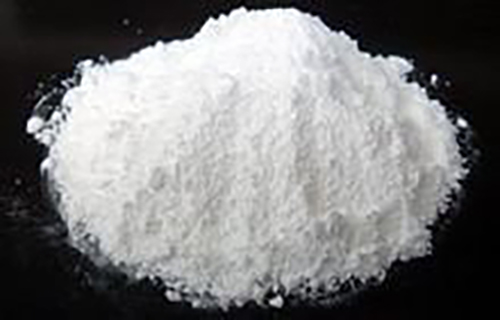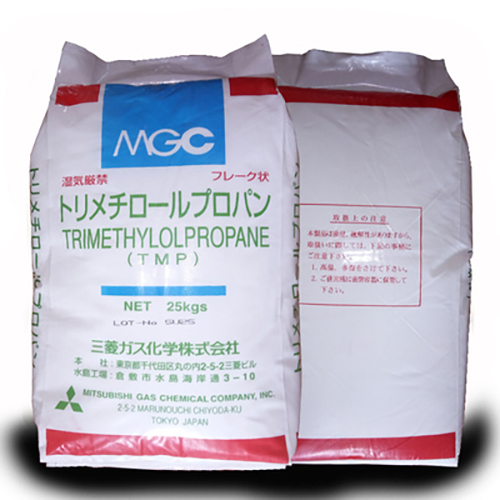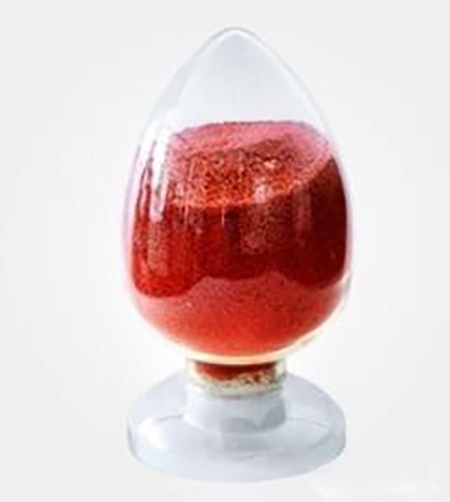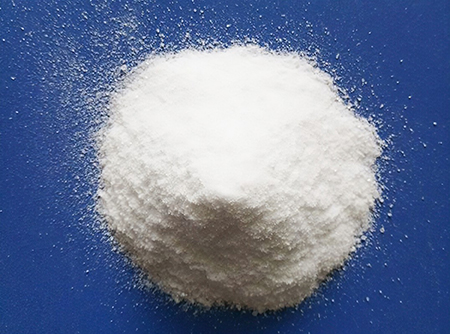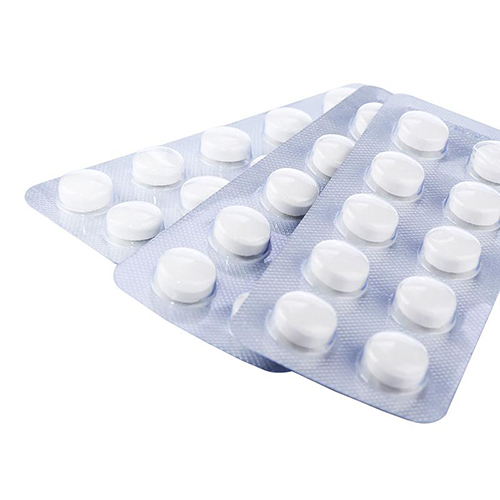Active Pharmaceutical Ingredients (API), popularly speaking, are the raw materials of medicines, only pharmaceutical raw materials are processed into pharmaceutical preparations , can they become medicines available for clinical use, so drugs we usually eat are the finished drugs through processing. Active Pharmaceutical Ingredients based on its sources can be divided into two major categories ,including chemical synthetic drugs and natural chemical drugs. Chemical synthetic drugs can be divided into organic synthetic drugs and inorganic synthetic drugs. Inorganic synthetic drugs are inorganic compounds ( very few is element), such as aluminum hydroxide, magnesium trisilicate which are used for the treatment of gastric and duodenal ulcers ; organic synthetic drugs are mainly composed of drugs made by basic organic chemical raw materials, through a series of organic chemical reactions (such as aspirin, chloramphenicol, caffeine, etc.). Natural chemical drugs ,based on its sources,can be divided into two categories including biochemical drugs and plant chemical drugs. Antibiotics are generally made by the microbial fermentation, which belongs to the biochemistry category. A variety of semi-synthetic antibiotics occurs in recent years,which are biosynthesis and chemical synthesis combining products.Among active Pharmaceutical Ingredients, the organic synthetic drugs varieties, yields and values have the largest proportion,which are the main pillars of the chemical and pharmaceutical industries. The quality of active Pharmaceutical Ingredients decides whether the formulation is good or bad , so its quality standards are very strict ,countries in the world have developed national pharmacopoeia standards and strict quality control methods for its widely used active Pharmaceutical ingredients.
The effects of chlorogenic acid
Chlorogenic acid is an organic compound with the chemical formula C16H18O9, which is one of the main antibacterial and antiviral active pharmacological components of honeysuckle.
Mar 30,2022 APIApplication of trimethylolpropane
Trimethylolpropane (TMP for short), white flaky crystal. Soluble in water, low-carbon alcohol, glycerol
Mar 30,2022 APIAdverse reactions of doxorubicin hydrochloride
Doxorubicin hydrochloride is an anti-tumor antibiotic.
Mar 30,2022 APIThe synthetic methods of sodium hexametaphosphate
Sodium hexametaphosphate is an inorganic substance with the molecular formula (NaPO3)6, white powder crystal.
Mar 30,2022 APIMedical effects of tranexamic acid
Tranexamic acid, also known as tranexamic acid, tranexamic acid, hemostatic acid, molecular formula is C8H15NO2
Mar 30,2022 APIMechanism of action of Isoconazole
Isoconazole is an imidazole derivative, structurally related to clotrimazole. It has the chemical name 1-[2,4- dichloro-b-[(2,6-dichlorobenzyl)oxy]phenethyl]imidazole nitrate. Isoconazole has a broad
Mar 29,2022 APIPharmacodynamics and Toxicity of Flutrimazole
Flutrimazole is an imidazole derivative with the chemical name 1- [o-fluoro-a-(p-fluorophenyl)-a-phenylbenzyl]imidazole; the chemical structure is shown in Figure 148.1. Flutrimazole has a broad spect
Mar 29,2022 APIMechanism of action of Cycloserine
Cycloserine was isolated by independent investigators in the early 1950s from cultures of Streptomyces orchidaceus and S. garyphalus. Racemic cycloserine can be synthesized but the active antibiotic,
Mar 29,2022 APIMechanism of action of Capreomycin
Capreomycin is an important reserve antibiotic for the treatment of tuberculosis and has been used for this purpose for more than 40 years. It is a naturally produced cyclic polypeptide first isolated
Mar 29,2022 APIMechanism of action of Thiacetazone
Thiacetazone (also called thioacetazone or amithiozone) was synthesized by Behnisch and Schmidt and investigated clinically by Gerhard Domagk and co-workers in Germany in the 1940s. It was subsequentl
Mar 29,2022 API



